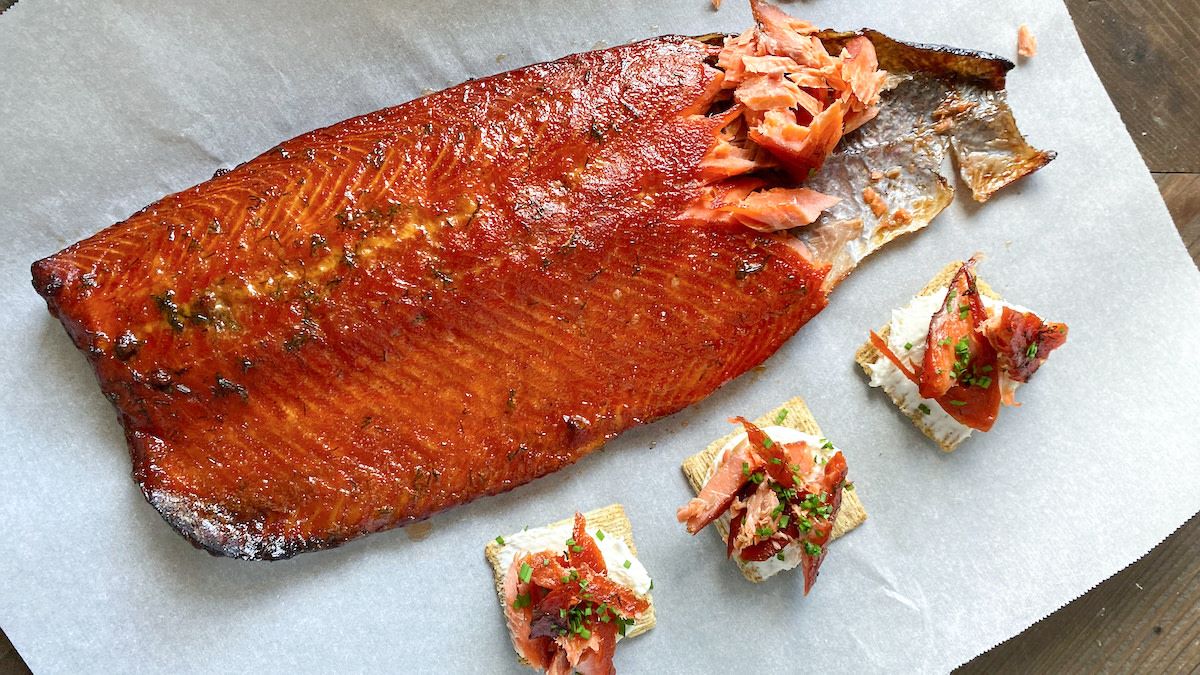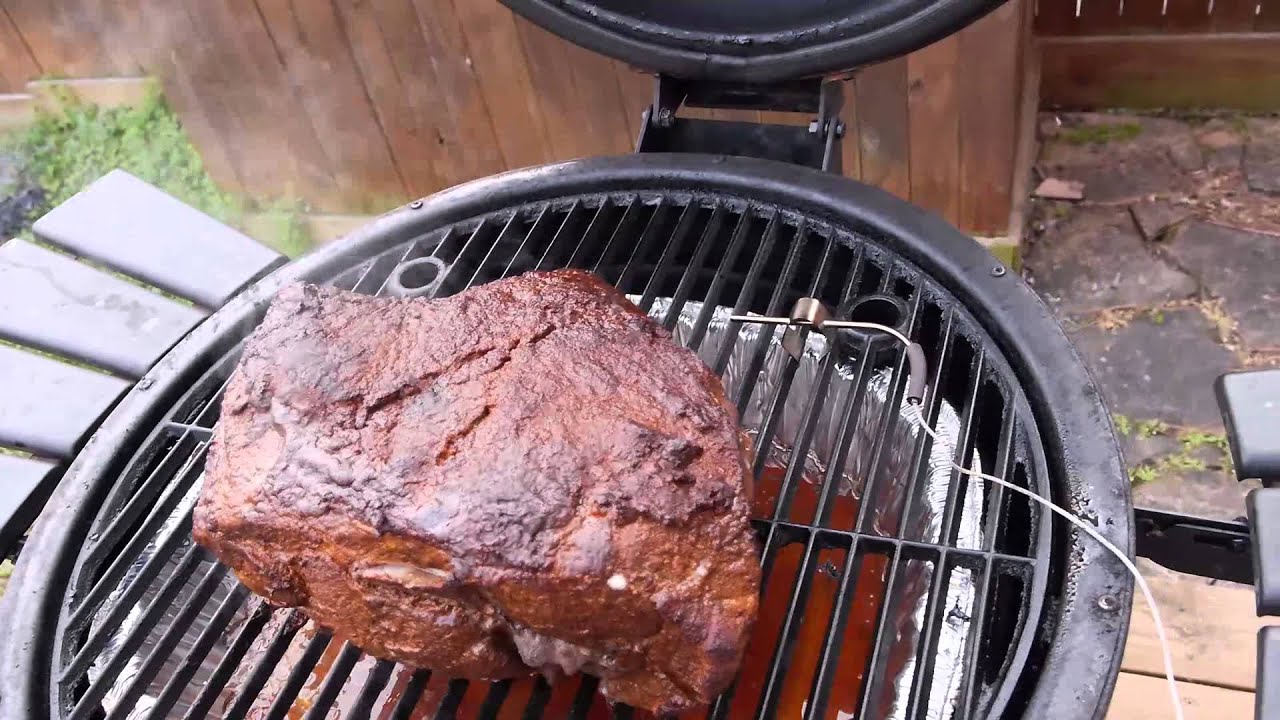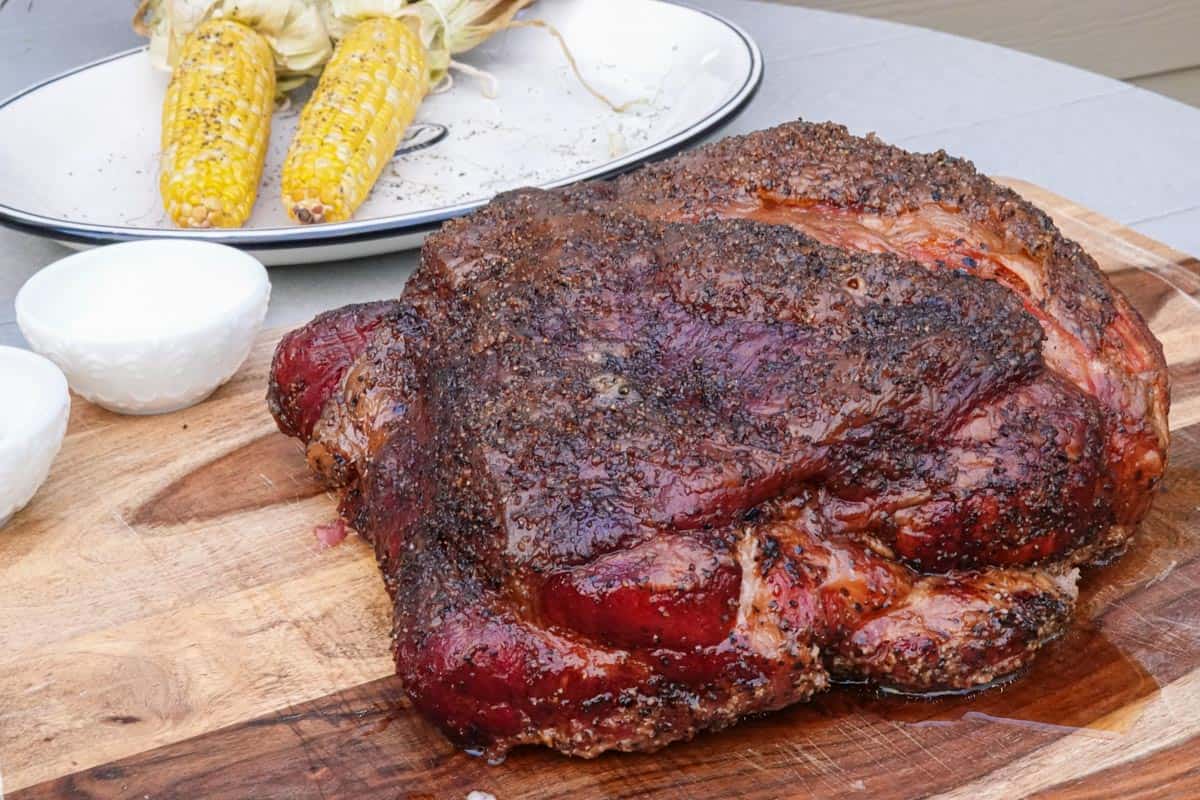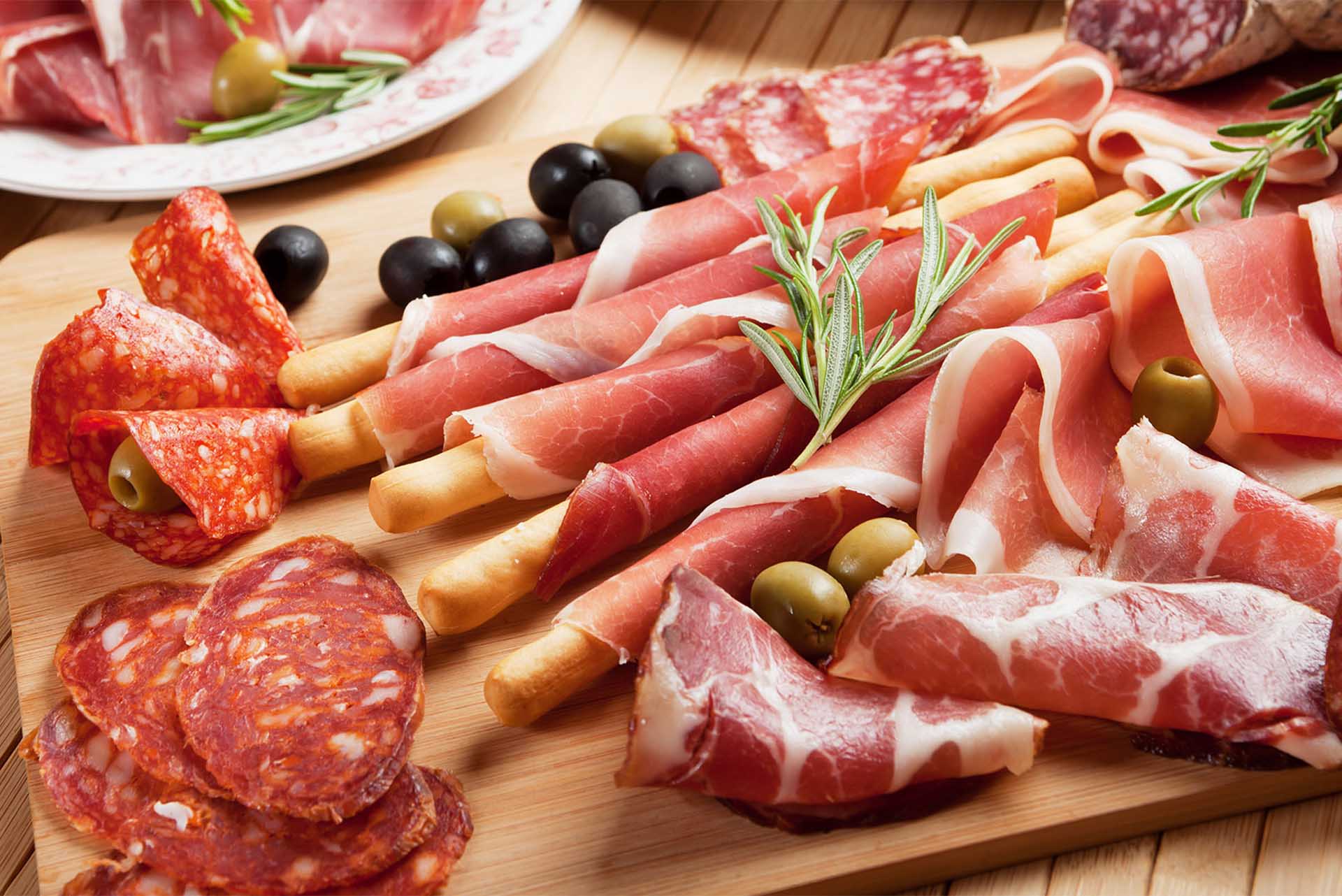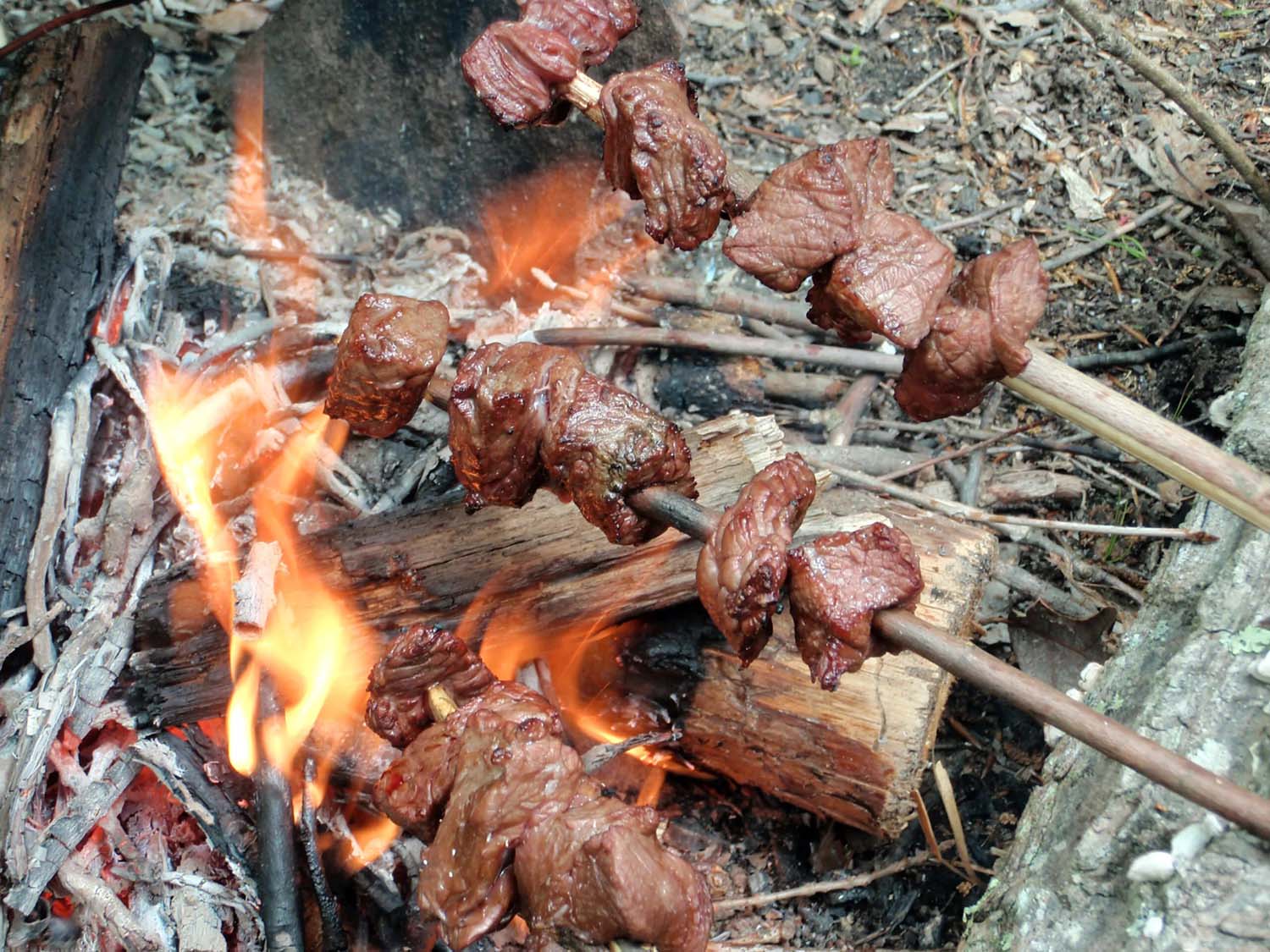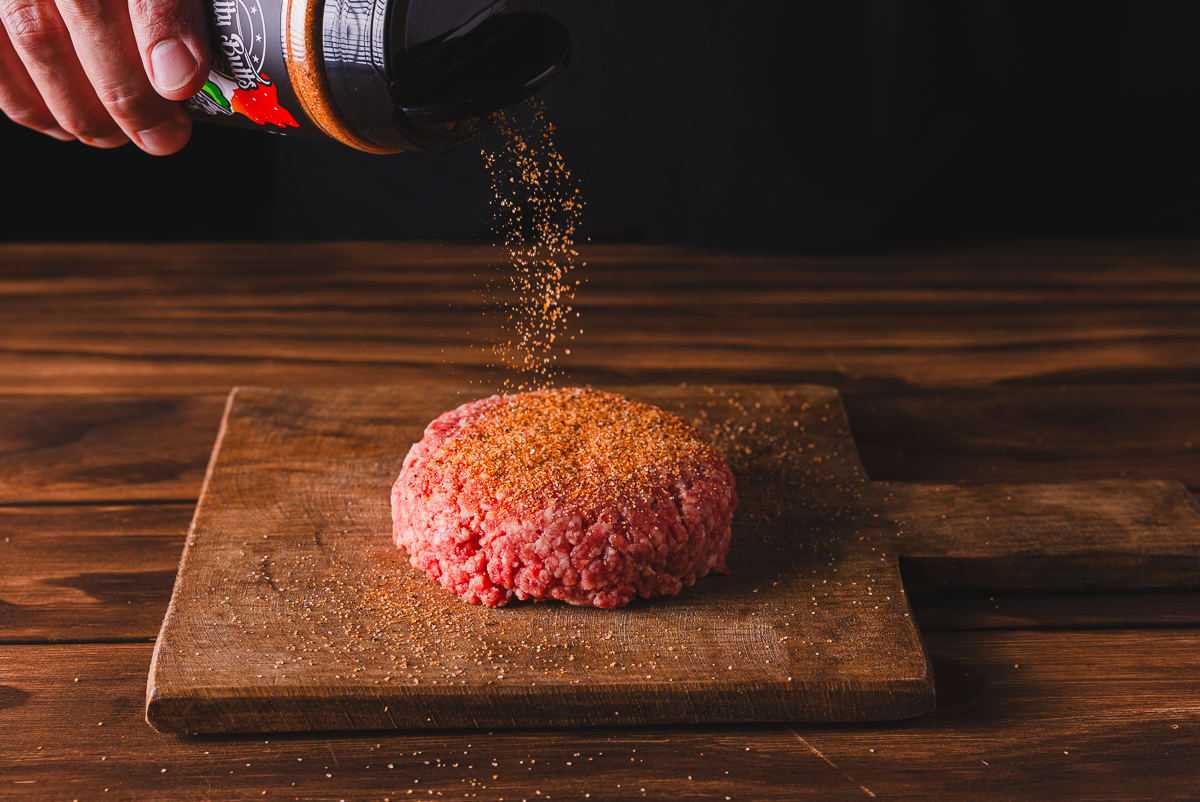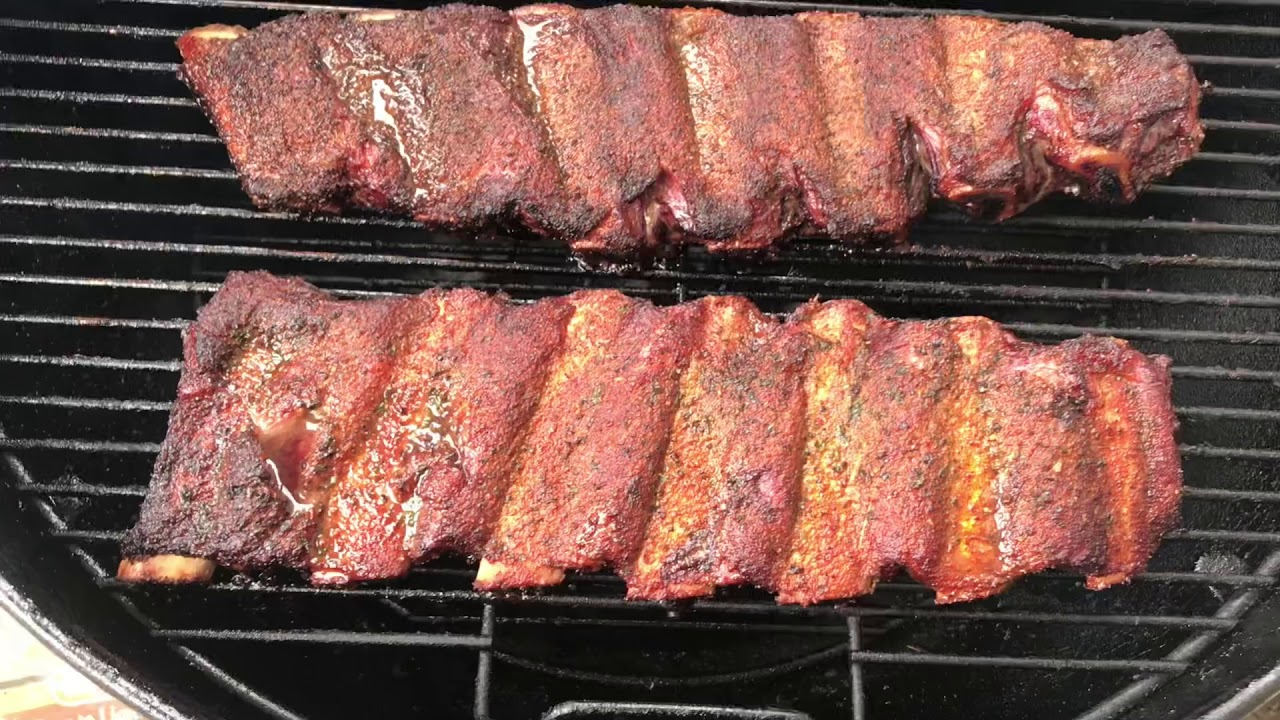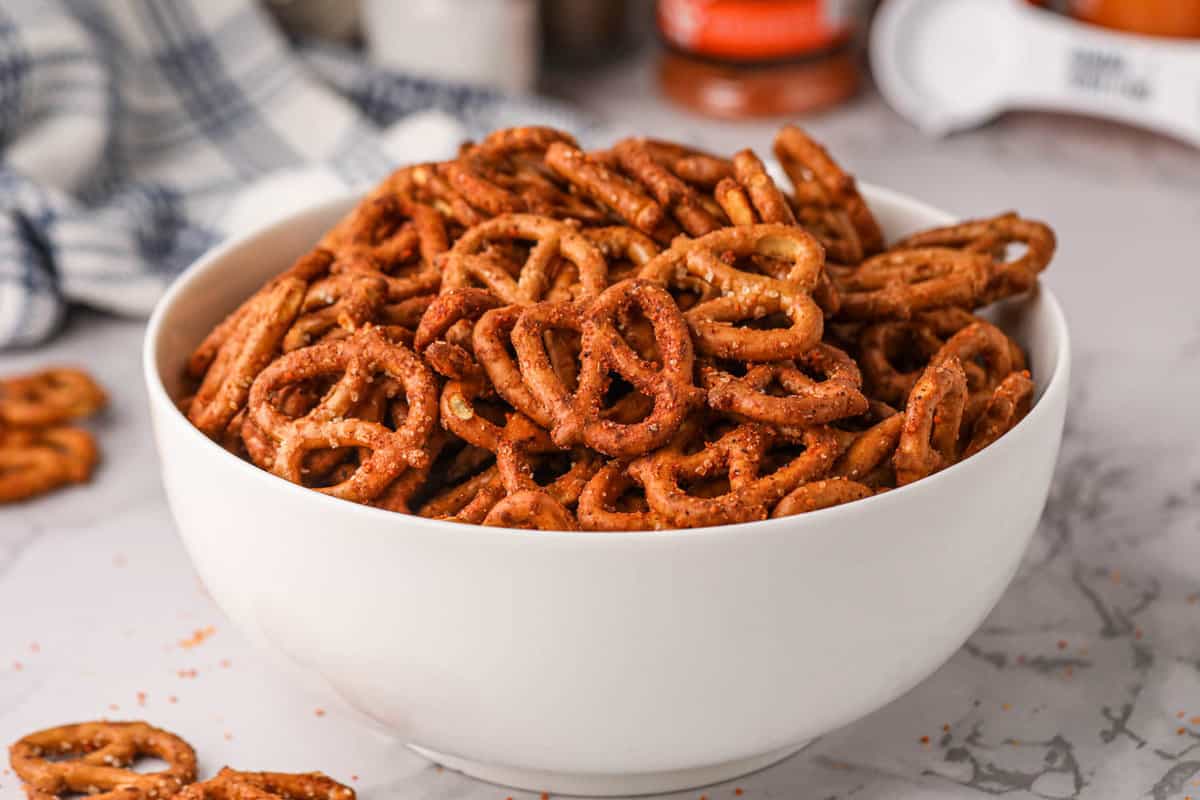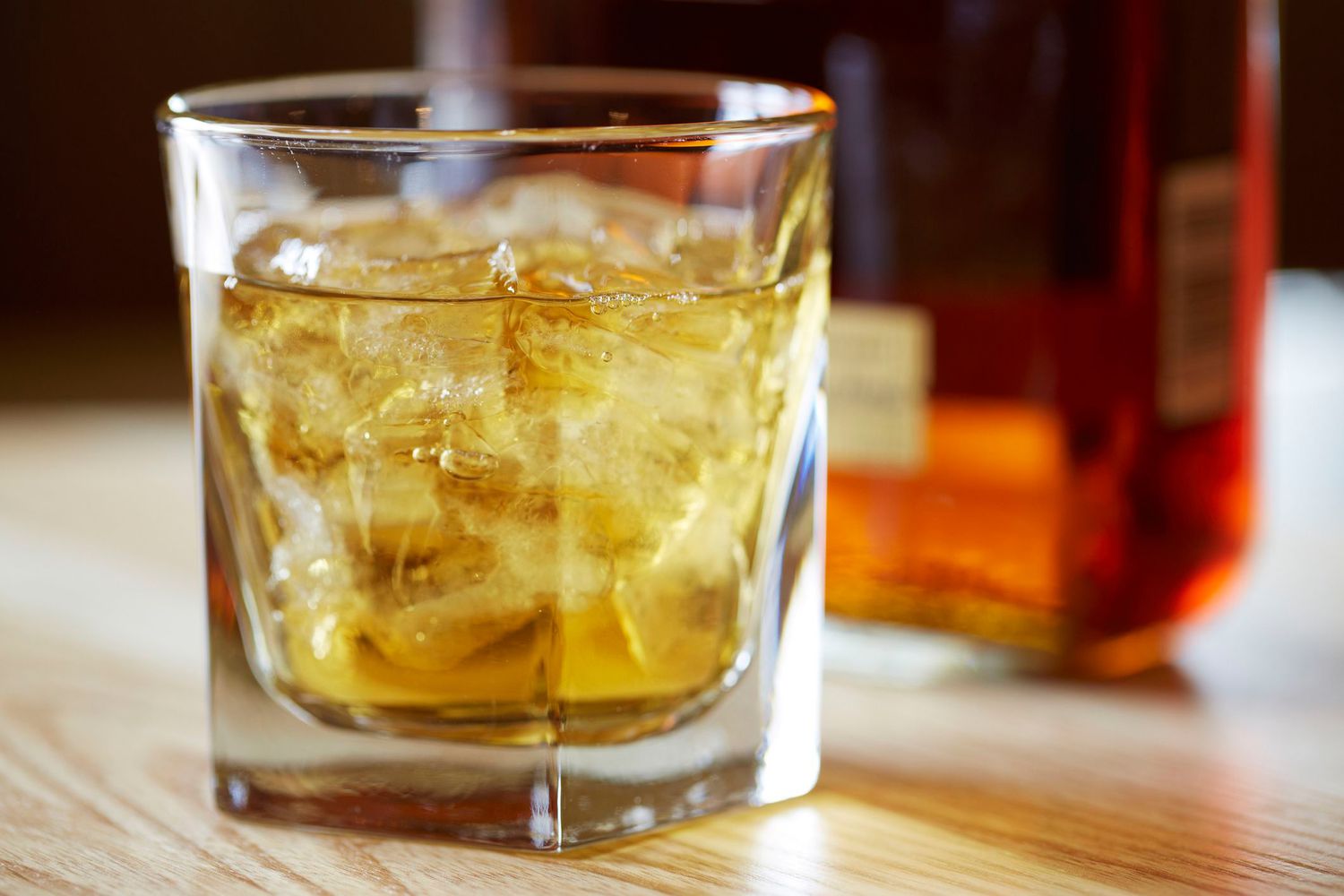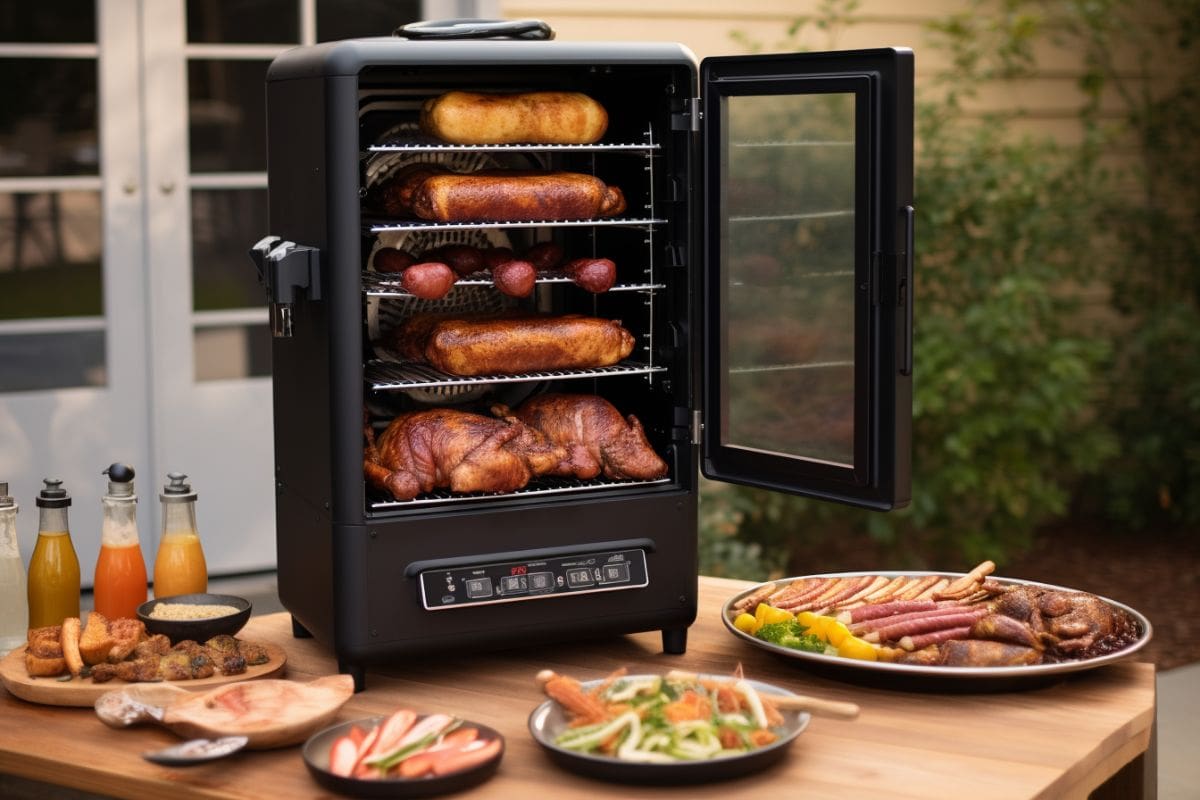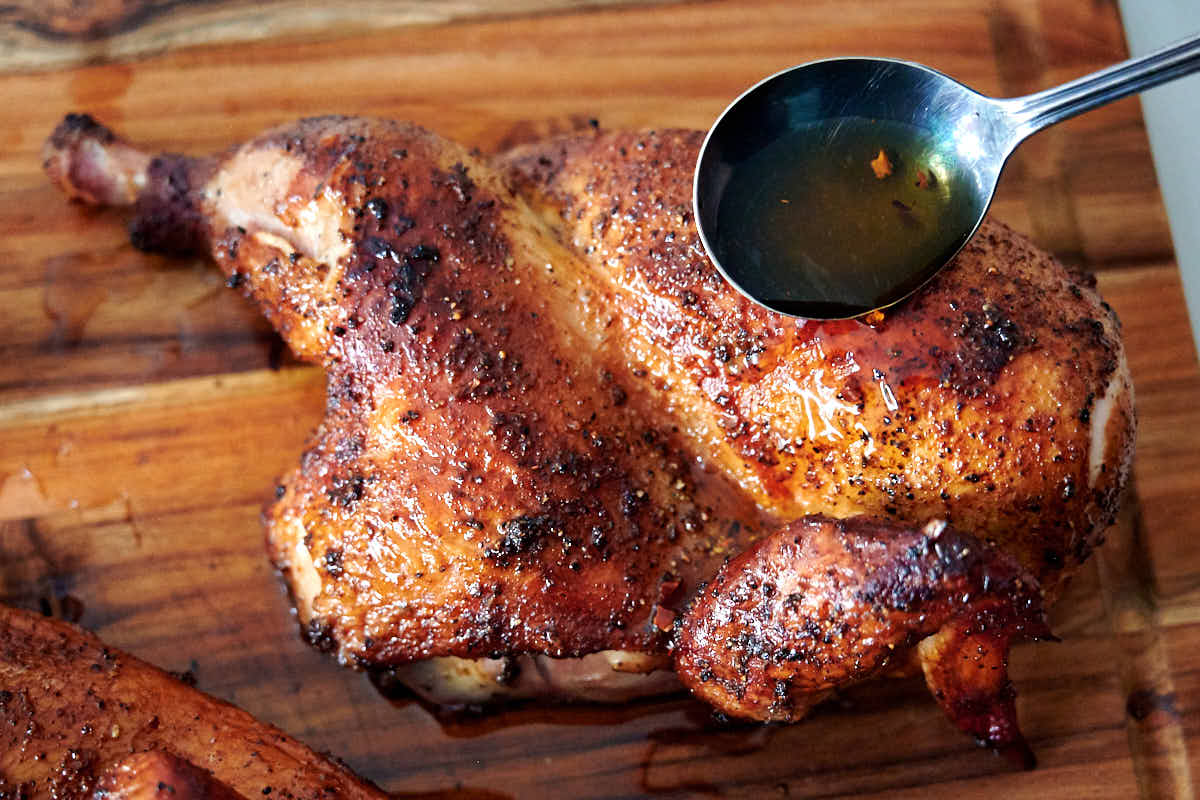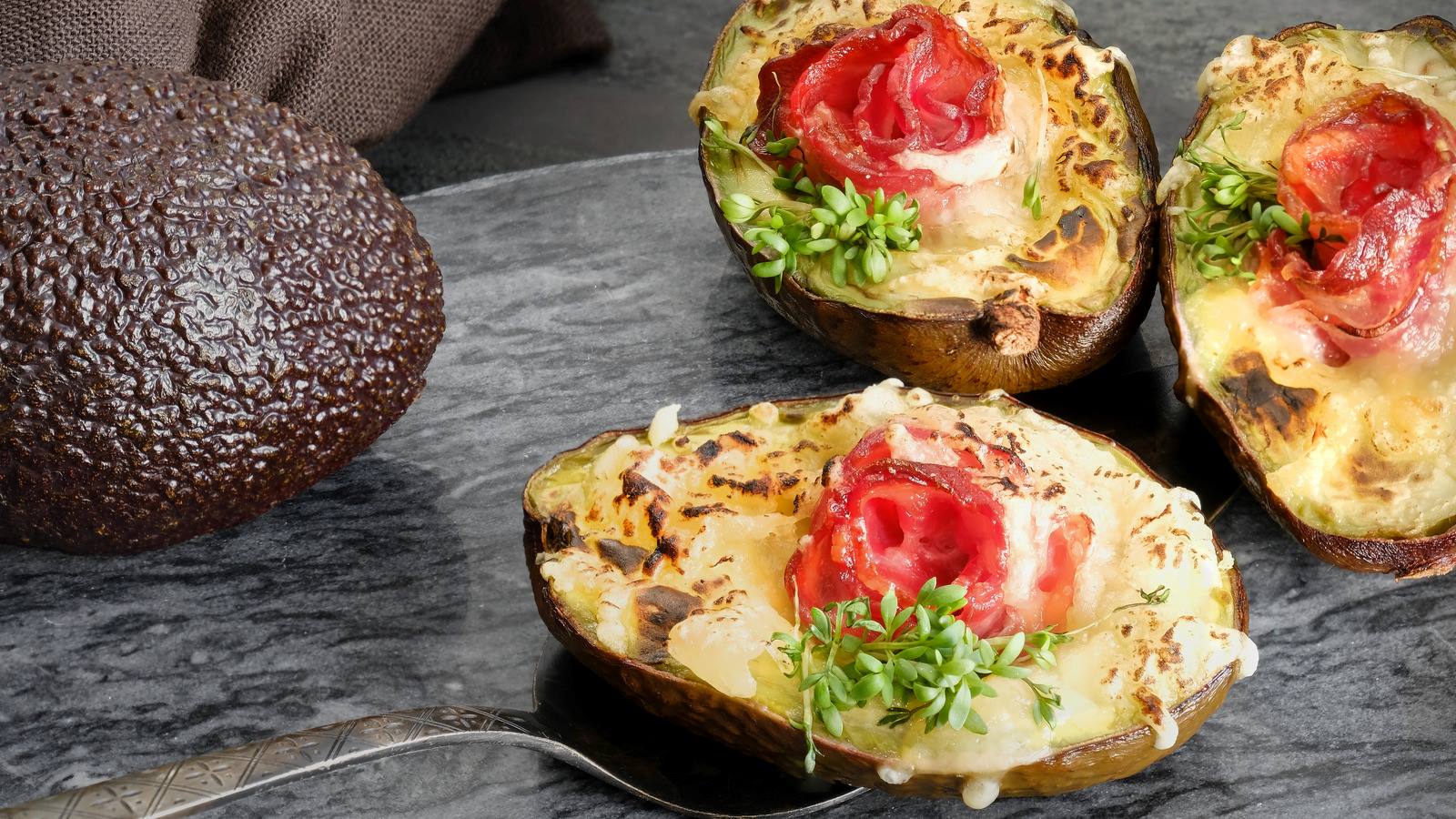Welcome to the Ultimate Guide on Smoking BBQ: Temperature
Smoking BBQ is an art that requires precision and patience. One of the most crucial aspects of smoking BBQ is maintaining the right temperature throughout the cooking process. In this guide, we will delve into the importance of temperature control, the ideal smoking temperatures for different types of meat, and tips for achieving the perfect smoked BBQ.
The Importance of Temperature Control
Temperature control is the key to successful BBQ smoking. Maintaining a consistent temperature inside the smoker is essential for ensuring that the meat cooks evenly and absorbs the smoky flavor. Fluctuations in temperature can result in unevenly cooked meat, tough texture, or a lack of smoky flavor.
Here are some key reasons why temperature control is crucial when smoking BBQ:
- Even Cooking: Consistent temperature ensures that the meat cooks evenly, resulting in tender and juicy BBQ.
- Flavor Infusion: The right temperature allows the meat to absorb the smoky flavor from the wood, enhancing its taste.
- Food Safety: Maintaining proper smoking temperatures helps prevent the growth of harmful bacteria, ensuring that the meat is safe to consume.
Ideal Smoking Temperatures for Different Meats
Each type of meat requires specific smoking temperatures to achieve the best results. Here are the ideal smoking temperatures for some popular BBQ meats:
- Brisket: Smoke at a temperature between 225°F and 250°F until the internal temperature reaches 195°F for tender and flavorful brisket.
- Ribs: Smoke pork ribs at around 225°F for 5-6 hours until they are tender and have a beautiful smoke ring.
- Pulled Pork: Smoke pork shoulder at 225°F until the internal temperature reaches 195°F for perfectly shredded and succulent pulled pork.
- Chicken: Smoke chicken at 250°F until the internal temperature reaches 165°F for juicy and flavorful smoked chicken.
Tips for Achieving the Perfect Smoked BBQ
Now that you know the importance of temperature control and the ideal smoking temperatures for different meats, here are some additional tips to help you achieve the perfect smoked BBQ:
- Use a Thermometer: Invest in a reliable meat thermometer to monitor the internal temperature of the meat accurately.
- Preheat the Smoker: Ensure that your smoker is preheated to the desired smoking temperature before adding the meat.
- Control Airflow: Adjust the vents on your smoker to regulate airflow and maintain a consistent temperature.
- Choose the Right Wood: Select the appropriate wood chips or chunks to complement the flavor of the meat you are smoking.
- Rest the Meat: Allow the smoked meat to rest before slicing or serving to lock in the juices and maximize flavor.
By following these tips and paying close attention to temperature control, you can elevate your BBQ smoking skills and impress your friends and family with mouthwatering smoked dishes.
Remember, mastering the art of smoking BBQ is a journey that requires practice and experimentation. Embrace the process, enjoy the aromas of the smoky wood, and savor the delicious results of your efforts. Happy smoking!
Was this page helpful?
Read Next: How To Smoke Meats On The Barbecue
